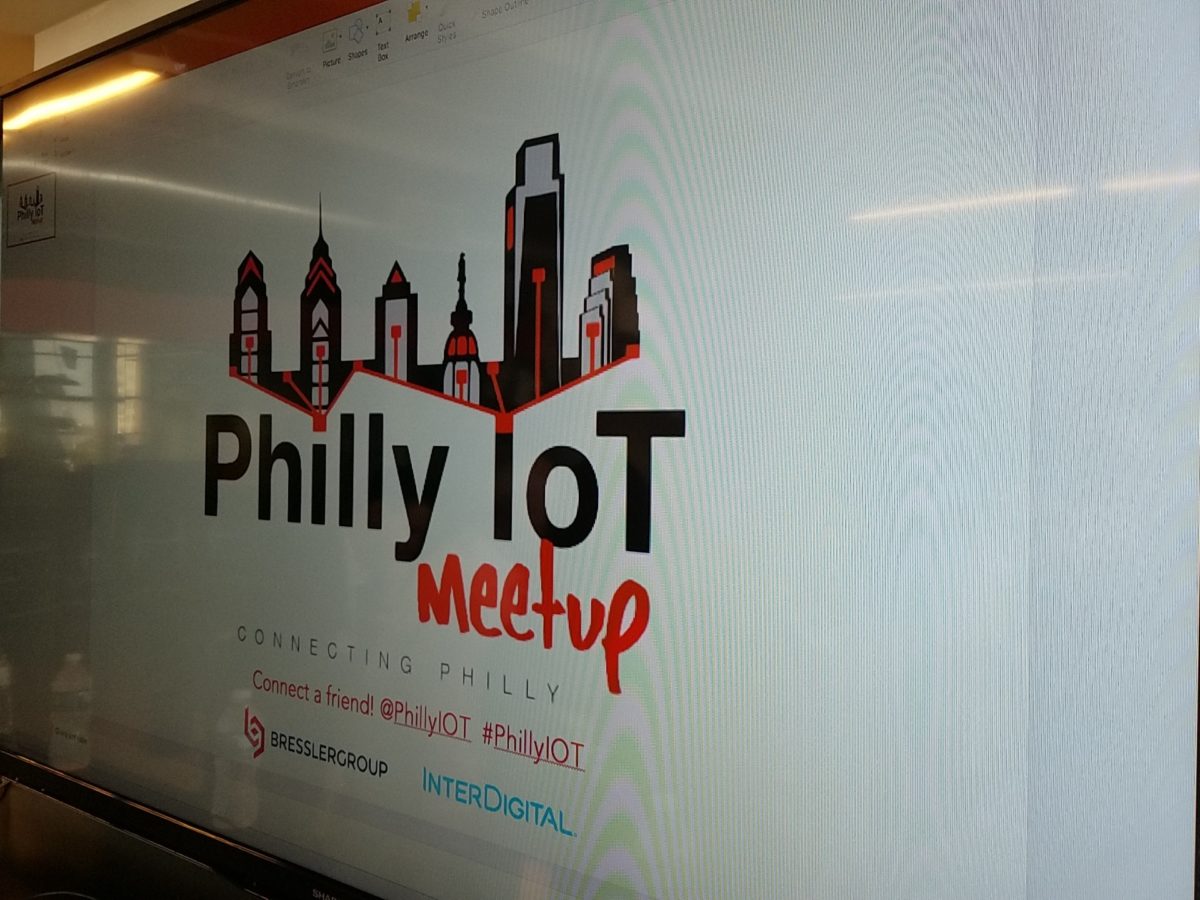Predictions show that the installed base of Internet of Things (IoT) devices is forecasted to grow to 31 billion devices by 2020.
These devices are everywhere: in our homes, in our cars, in our businesses and industrial sites, and in our cites. Expected spending for the IoT economy is in the trillions over the next 10 to 15 years.
Chariot Solutions has been working with companies in the IoT industry for several years. IoT is prevalent in smart cities, home automation, industrial IoT, smart home and other connected devices. IoT is becoming a considerable part of homes and businesses. Chariot has been excited about this type of work because it combines hardware and software, and usually involves elements of cloud, data and mobile development. And there have been some very interesting ideas that are coming to life.
With this in mind, Chariot CEO Mike Rappaport and I went to the IoT Evolution Expo last week, to learn more about the future of the industry. This conference has been taking place for 20 years, but started off around M2M (machine to machine). Now the machines are talking to each other in different ways.
Over two days of sessions, these were our prime takeaways:
The industry is growing and changing rapidly.
As noted above, there is no doubt this industry is growing and changing at a quick pace. Emerging technologies and enhanced connectivity is allowing for new applications of IoT that had not been available just a short time ago. And there is more innovation coming down the road, such as fire helmets equipped with sensors that will help track the health of a firefighter.
Security is a concern.
This is something we heard at almost every session. One of the obstacles in the growth and acceptance of IOT is the security of the devices and the stored data.
Data, data and more data.
One of the promises of connected devices is the ability to collect valuable data. Of course some of the data collection involves learning more about your customer for financial gain, but for smart cities applications, data can be used to provide better services. In the healthcare industry, that means better outcomes for patients.
An ecosystem is needed for IoT to reach its promise.
We learned that each vertical had its own ecosystem to deliver on the unique needs of that vertical. This means there will need to be cooperation between vendors of all types and systems integrators to make the promise of IoT a reality.
Smart cities are here.
We were surprised at how far ahead cities were in thinking about solutions using IoT and actual implementation of solutions including those for first responders, municipal services and traffic.
[Read about the City of Philadelphia’s new, long-term roadmap to becoming to smart city.]
We are excited about the future of connected devices and will continue our work and research in this area.







